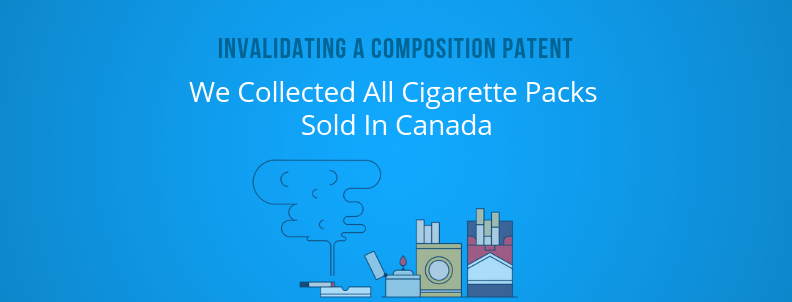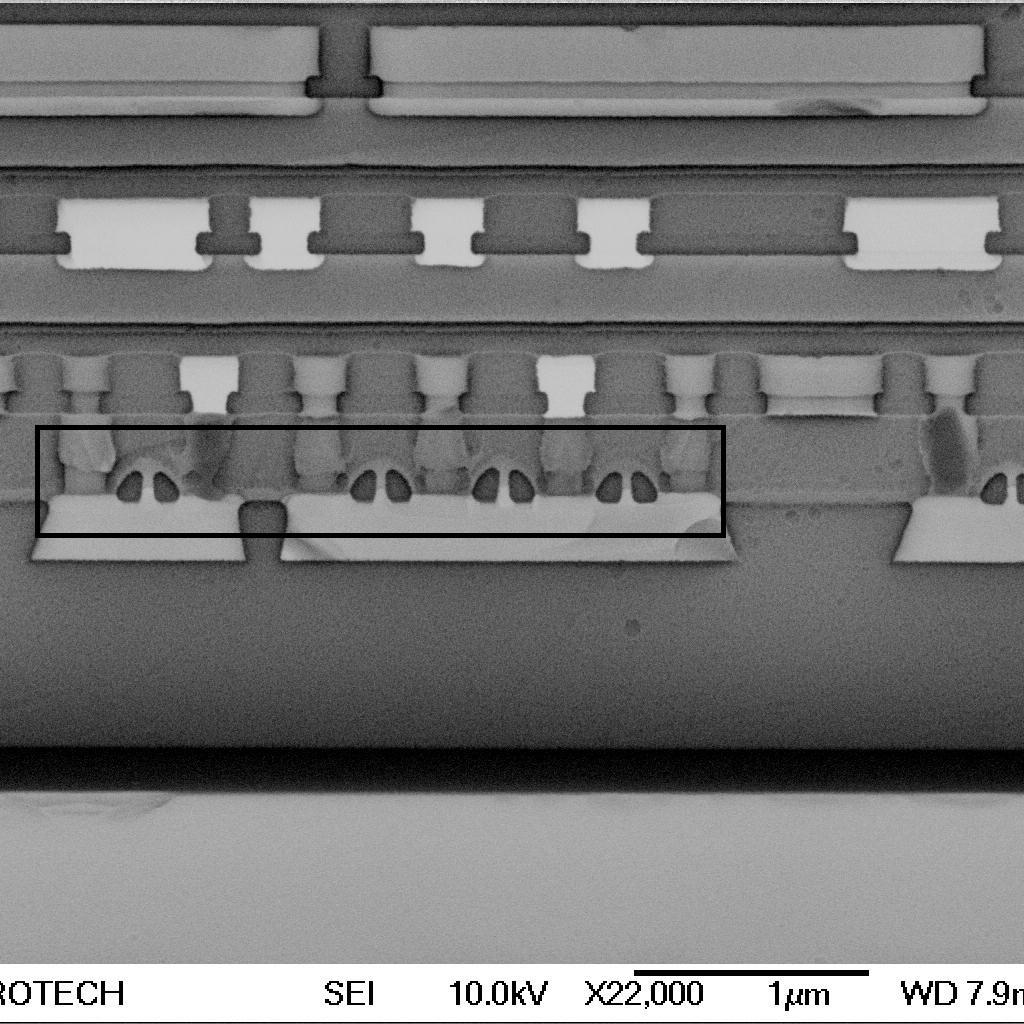Not all prior art searches are run equally. Some are complex, some are easy, and some test your temperament by pushing you to the dark abyss of self-doubt where you question your abilities and skills. This is the stage that demarcates winners from runner-ups. The thin line of demarcation that separates a winning patent search team from a runner-up is due to the thought process.
Winners don’t consider every prior art search as a sprint. They understand that a lot of time, it is a series of sprints or a mini cross country race. Further, they know very well that brute force isn’t an answer. A prior art demands you to be strategic and agile at the same time.
The story I’m sharing today is one such case. It wouldn’t have been possible to find the reference in this case if we would have used:
- Conventional strategies
- Brute force
- Old strategies
- A closed mind approach
The patent understudy was related to a cigarette filter having gas adsorbing material and certain specific composition requirements. Our objective was to invalidate a patent for Inter Partes Review.
In patents such as this, which have specific composition requirements, the task of finding prior art for inter partes review search may become a little difficult. At GreyB, challenges are considered stepping stones to success. With this thought, we started thinking – How to solve this case?
We began with a basic search to understand the level of availability of required information in the patent literature. We observed that patents disclosing filters with the gas adsorbing material were abundant. The specific composition requirements, however, were not being met.
This meant we had to first find sources that discuss composition. We found academic literature disclosing composition information but not to the level of our requirement.
To find a pattern in increasing chaos, the senior members of the team and the members involved in the project held a brainstorming session. The agenda was to shed light on the dark and find relevant unexplored areas.
The discussion uncovered a fact that every filter (having toxic nature) has a chance to get tested by a federal agency. There were possibilities of the company submitting the test results to the federal government during the approval process. Hence, we had a chance to find relevant information on the federal agency’s website.
Similarly, we brainstormed other parameters and created search strategies. We had enough pointers to start moving. So, we explored all such options.
During the search, we learned another fact that laws in certain countries like Canada – similar to food products and drugs – mandates a cigarette manufacturer to publish the compositions on a cigarette packet.
You might have guessed what we would have done! Yes, we purchased all different cigarette packets that were available in Canada. Also, we located private testing facilities to confirm the required composition in certain filters.
We actually reversed the process to invalidate a patent. In invalidation search or Inter Partes Review search, the conventional way is to spot who came up with an invention first. We started with spotting the companies that were actively practicing it.
The thought process was that out of many active companies, there is going to be one that came up with the composition. Further, another mission of the search was to not let the information hide if it exists.
After the search, we found a company having a high probability of using the same composition in its filters. We focused on the last leg of the search for the company.
A deep dive uncovered a relevant document disclosing filters having gas adsorbing material with the same specific composition information. The document included all the information we were looking for and its publication date was before the priority date of the patent under study.
Tada! Mission accomplished.
Be it a pure-play invalidation search Or Inter Partes Review search, our objective remains unaltered – ‘If it exists, we will find it’. Some people might think our success rate could be attributed to the intelligence of the team, which could be the case, but the main reason we feel we have achieved success in our objectives is that we simply love what we do. It had always been this way and will continue in the future too.
Related Case: How Lateral Thinking Helped Us In Invalidating Standard Essential Patent On HDMI Technology?










